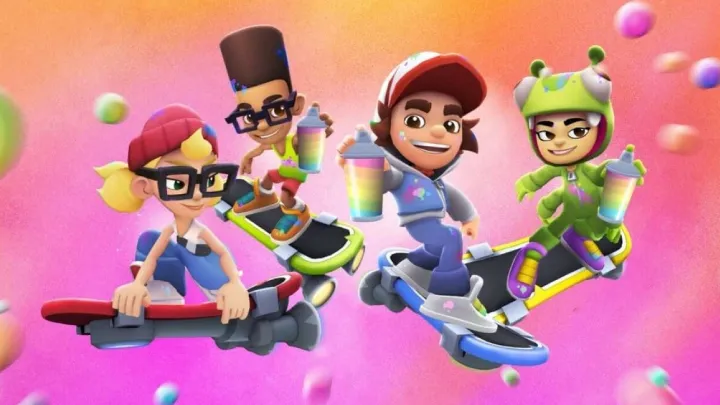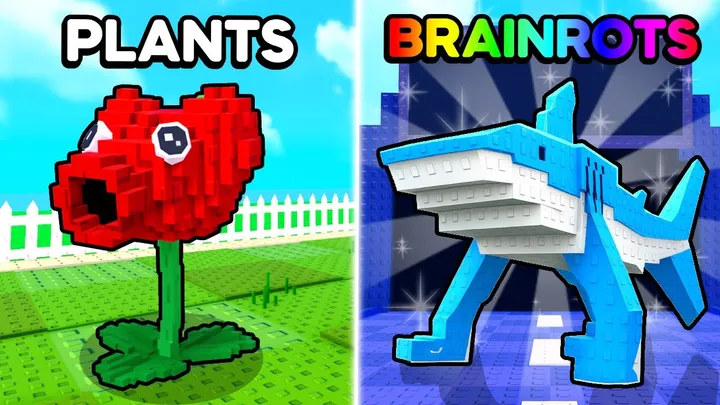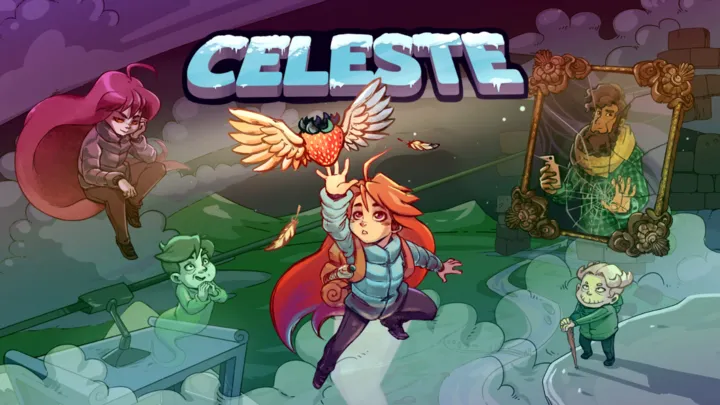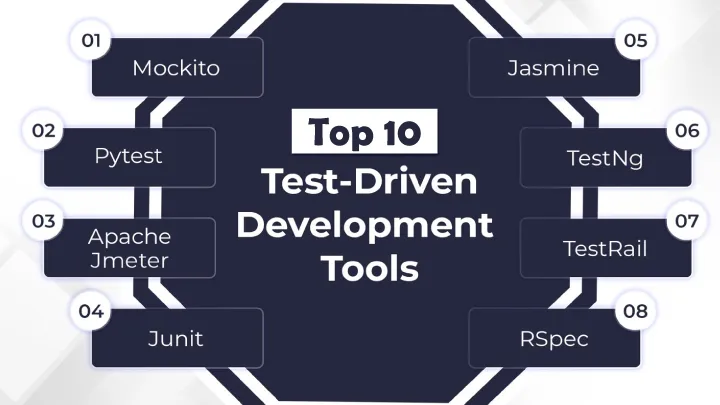Introduction
Since its release in 2012, Subway Surfers has been a staple of the endless runner genre, captivating millions with its fast-paced action and colorful design. Players dash through subways, dodge trains, collect coins, and unlock characters. Yet, beneath the surface lies a specific issue that has divided the community: game progression. While the thrill of high scores and character unlocks drives engagement, the balance between challenge, reward, and long-term motivation has remained a point of contention. This article explores the evolution of progression in Subway Surfers, analyzing how the game keeps players engaged, where it falters, and what lessons it teaches about mobile gaming psychology.
The Early Days – Simple Progression Loops
At launch, Subway Surfers offered a straightforward progression system. Players collected coins, purchased hoverboards, and unlocked a handful of characters.
The simplicity was appealing: short bursts of play delivered quick rewards. But as players pushed further, the lack of depth became noticeable. High scores felt repetitive without meaningful progression beyond cosmetic unlocks.
Coins as Currency – A Blessing and a Burden

Coins quickly became the central driver of progression. They were needed for everything—power-up upgrades, new boards, and character unlocks.
This system encouraged grinding. While some enjoyed the satisfaction of gradually earning coins, others felt burdened by how long it took to unlock premium items. This imbalance between effort and reward became the first crack in the progression model.
Power-Ups and the Illusion of Growth
Power-ups like jetpacks, magnets, and super sneakers introduced variety. Players could upgrade them to last longer, creating a sense of growth.
Yet, over time, upgrades plateaued. Once maxed out, players lost a major progression driver. What began as motivation soon became a hollow reward loop, with fewer meaningful goals to chase.
Character Unlocks – Excitement vs. Accessibility
One of Subway Surfers’ biggest draws has always been its diverse cast of characters. From Jake and Tricky to world tour exclusives, unlocking new runners adds flair and personality.
However, many characters were locked behind event currencies or high coin costs. For casual players, this meant missing out on limited-time characters, turning excitement into frustration. Accessibility clashed with exclusivity, creating tension in the community.
The World Tour Model – Fresh but Fragmented
The World Tour updates revitalized Subway Surfers by introducing new cities, backdrops, and event characters. This gave progression a seasonal flavor.
Still, the model fragmented progression. Players who missed events often felt left behind, unable to access past content. While it kept the game fresh for veterans, it also highlighted the fleeting nature of progress.
High Scores and Leaderboards – Motivation or Pressure?
For many, high scores remain the ultimate marker of progression. Competing with friends or global players creates constant motivation.
But endless scaling also introduces fatigue. Scores can stretch into the millions, requiring hours of uninterrupted play. Instead of feeling rewarding, progression often turns into pressure, with casual players excluded from meaningful competition.
Monetization and Its Effect on Progression
Subway Surfers’ free-to-play model leans heavily on monetization. Keys, characters, and boards can be unlocked faster with in-app purchases.
This creates a pay-to-progress dilemma. While dedicated grinders can unlock items for free, paid players skip the grind entirely. The balance between fairness and monetization leaves progression feeling skewed, especially for younger audiences.
The Daily Challenges and Missions System
Daily challenges and missions attempted to fix progression fatigue by giving short-term goals. Completing them rewarded coins, keys, or character tokens.
This system successfully refreshed motivation, but it also exposed the limitations of long-term goals. Once missions were cleared, players often drifted back into repetitive grinding, showing the fragility of motivation structures.
Emotional Engagement – The Thrill of Chasing Progress

Progression is not just mechanical—it is emotional. The excitement of unlocking a new character or breaking a high score fuels engagement.
However, when progression stalls, frustration sets in. Many players have reported abandoning the game after hitting a wall, where effort no longer feels tied to meaningful rewards. Subway Surfers’ emotional highs and lows reflect how progression systems shape long-term loyalty.
Toward the Future – Fixing Progression for Lasting Motivation
Subway Surfers’ progression system highlights both innovation and pitfalls. To sustain long-term engagement, developers must address core issues.
Suggested Improvements
- Dynamic progression: Scaling rewards that match player growth.
- Accessible unlocks: Rotating event characters for fairness.
- Balanced monetization: Ensuring paid shortcuts don’t undermine free play.
- Endgame content: Introducing mastery systems beyond high scores.
By focusing on these areas, Subway Surfers could evolve from an addictive runner into a progression masterpiece.
Conclusion
Subway Surfers thrives on energy, color, and fun, but progression has always been its Achilles’ heel. From coin grinding to inaccessible unlocks, the journey often feels uneven. Yet, its global popularity proves that even flawed progression can still engage millions when combined with simple mechanics and emotional rewards. The future of Subway Surfers depends not on new cities or skins, but on solving the puzzle of fair, exciting, and lasting progression.

















